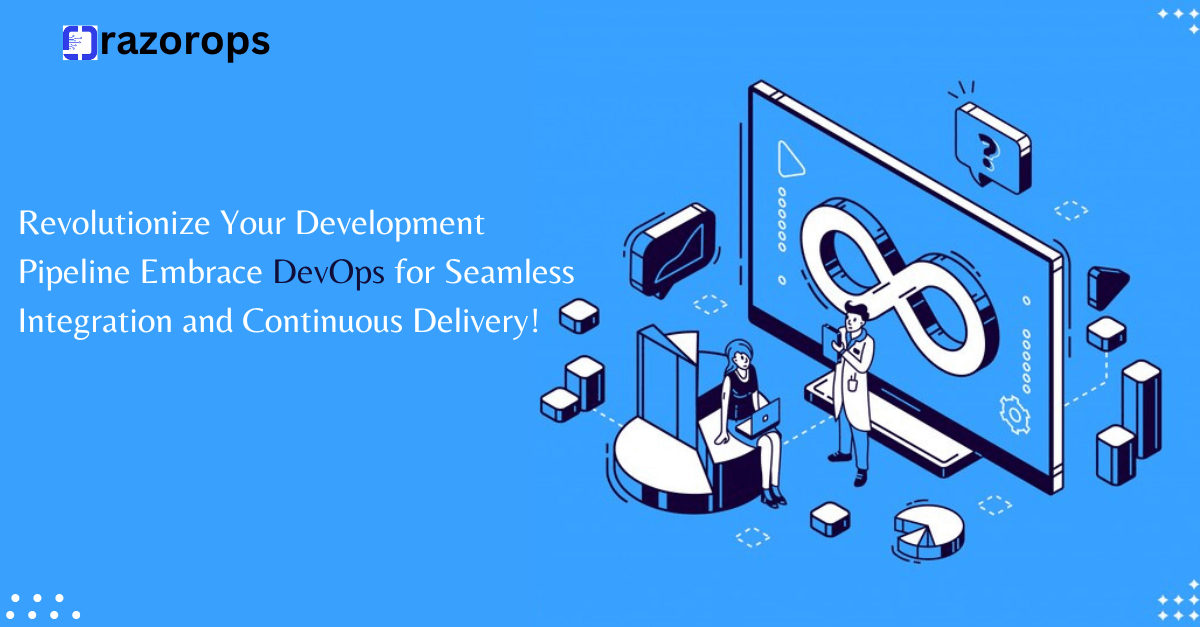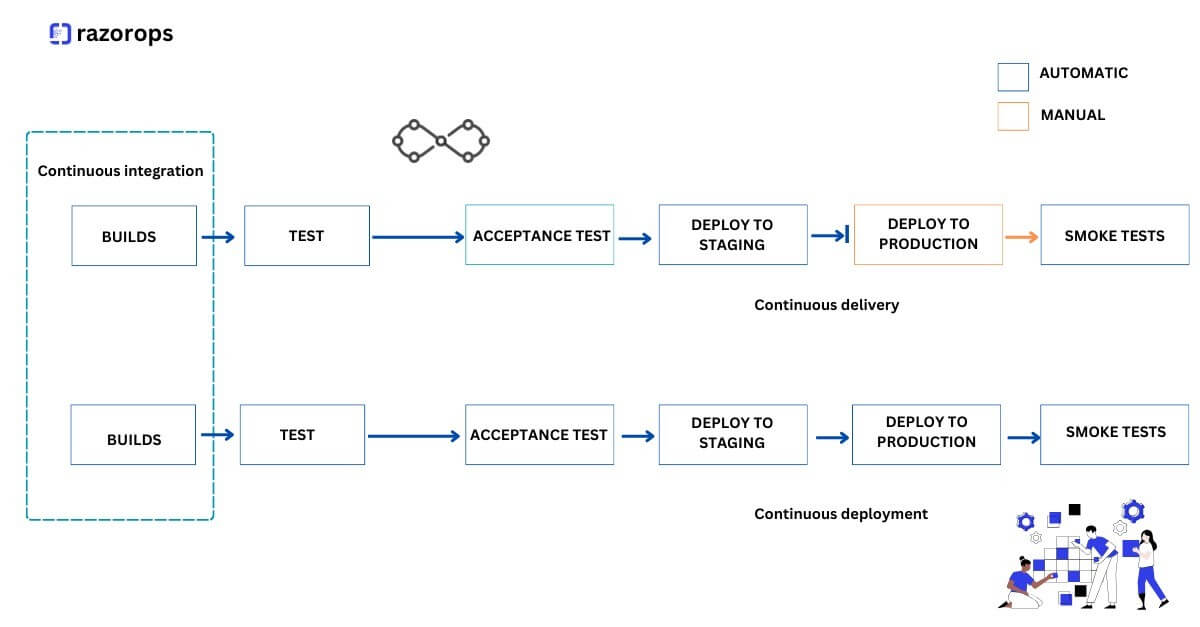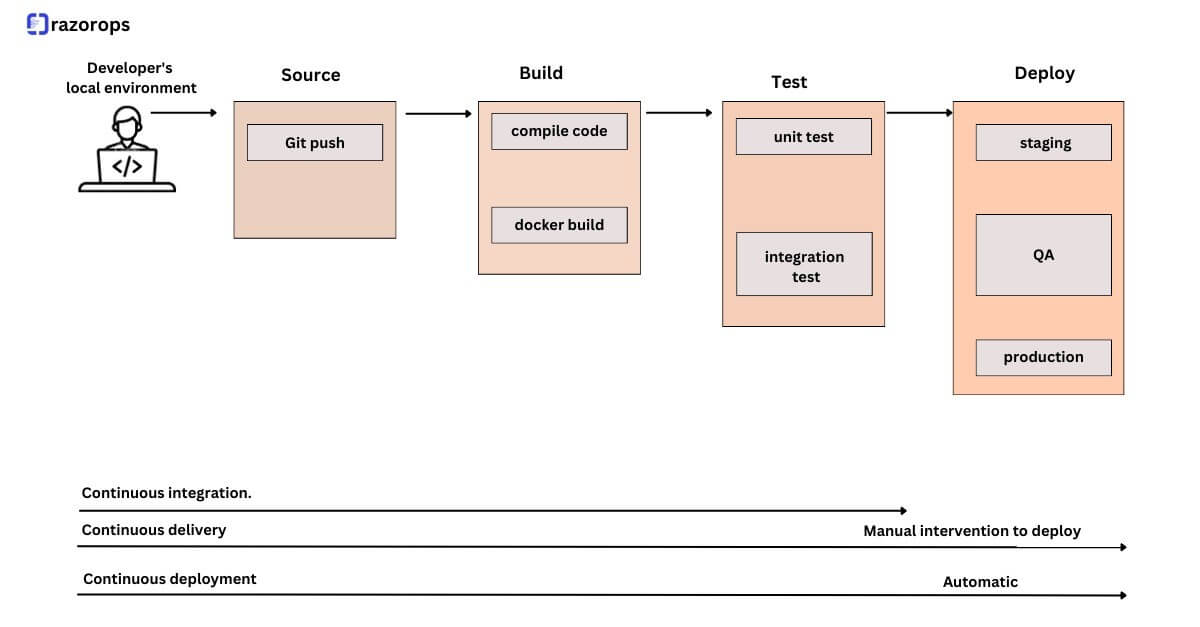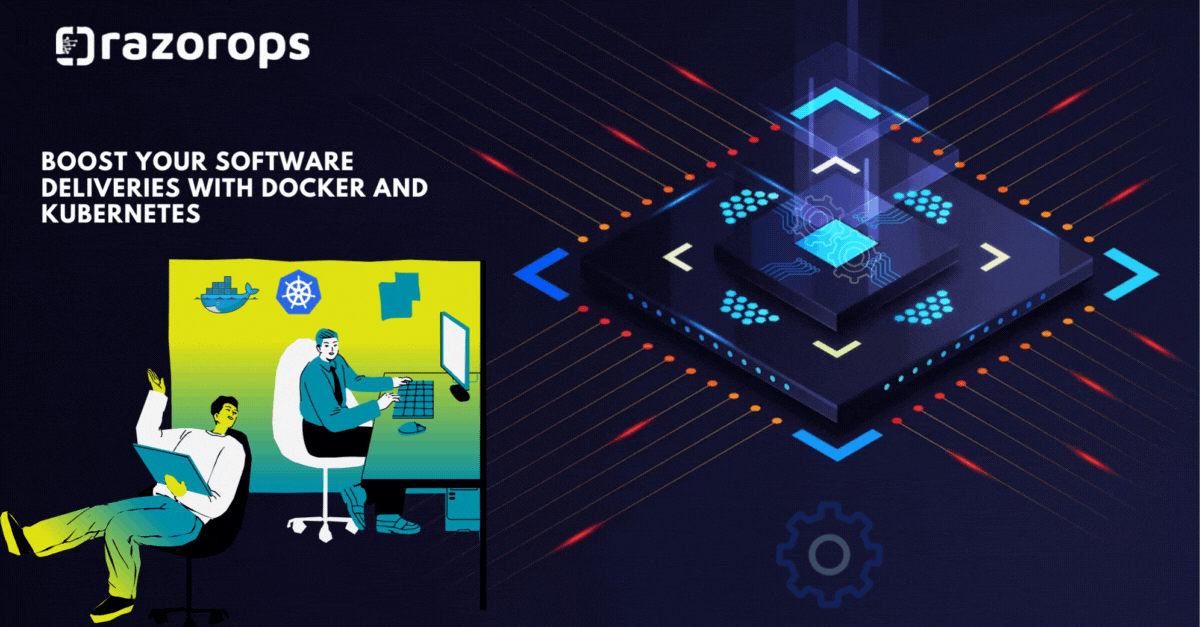5 Docker Extensions to make your development life easier

Docker has revolutionized the way developers build, ship, and run applications. Its simplicity and efficiency in creating lightweight, portable containers have made it a go-to tool in modern software development. However, enhancing Docker’s capabilities with extensions can significantly boost productivity and simplify complex tasks. Here are five Docker extensions that can make your development life easier:
1. Portainer
Portainer is a powerful, open-source management UI for Docker. It provides an intuitive web interface that simplifies container orchestration, allowing users to manage containers, images, networks, and volumes through a user-friendly dashboard. Portainer’s visual representation of Docker resources makes it easier for beginners to navigate and manage their Docker environment without relying on complex command-line instructions.
2. Docker Compose
While not exactly an extension, Docker Compose is a tool that complements Docker by defining and running multi-container Docker applications. Compose uses YAML files to configure application services, allowing you to define complex setups with ease. It simplifies the process of running multiple interconnected containers, managing their dependencies, and scaling services effortlessly.
3. Telepresence
Telepresence is a unique extension that facilitates local development against a remote Kubernetes or Docker cluster. It creates a two-way proxy between your local development environment and the remote cluster, allowing you to work with your local tools while connecting to services running in the cluster. This extension accelerates the development process by enabling rapid iteration and debugging without the need to continually build and deploy to the cluster.
4. Dive
Dive is a tool for exploring Docker images and layers interactively. It provides insights into the contents of an image, allowing you to visualize and analyze each layer’s impact on the image size. With Dive, developers can identify opportunities to optimize image sizes, remove unnecessary layers, and streamline their Docker images for faster deployments and reduced storage consumption.
5. Kitematic
Kitematic is a simple yet powerful GUI for Docker on Mac and Windows. It offers a visually appealing interface for managing Docker containers, making it especially useful for developers who prefer graphical interfaces over the command line. Kitematic simplifies tasks such as creating, managing, and monitoring containers, providing a seamless user experience for Docker users.
Integrating these Docker extensions into your workflow can significantly enhance your development experience by simplifying management, optimizing performance, and providing powerful visualizations. Experiment with these tools to discover how they can streamline your Docker-based development processes and boost your productivity. Follow RazorOps Linkedin Page Razorops, Inc.








